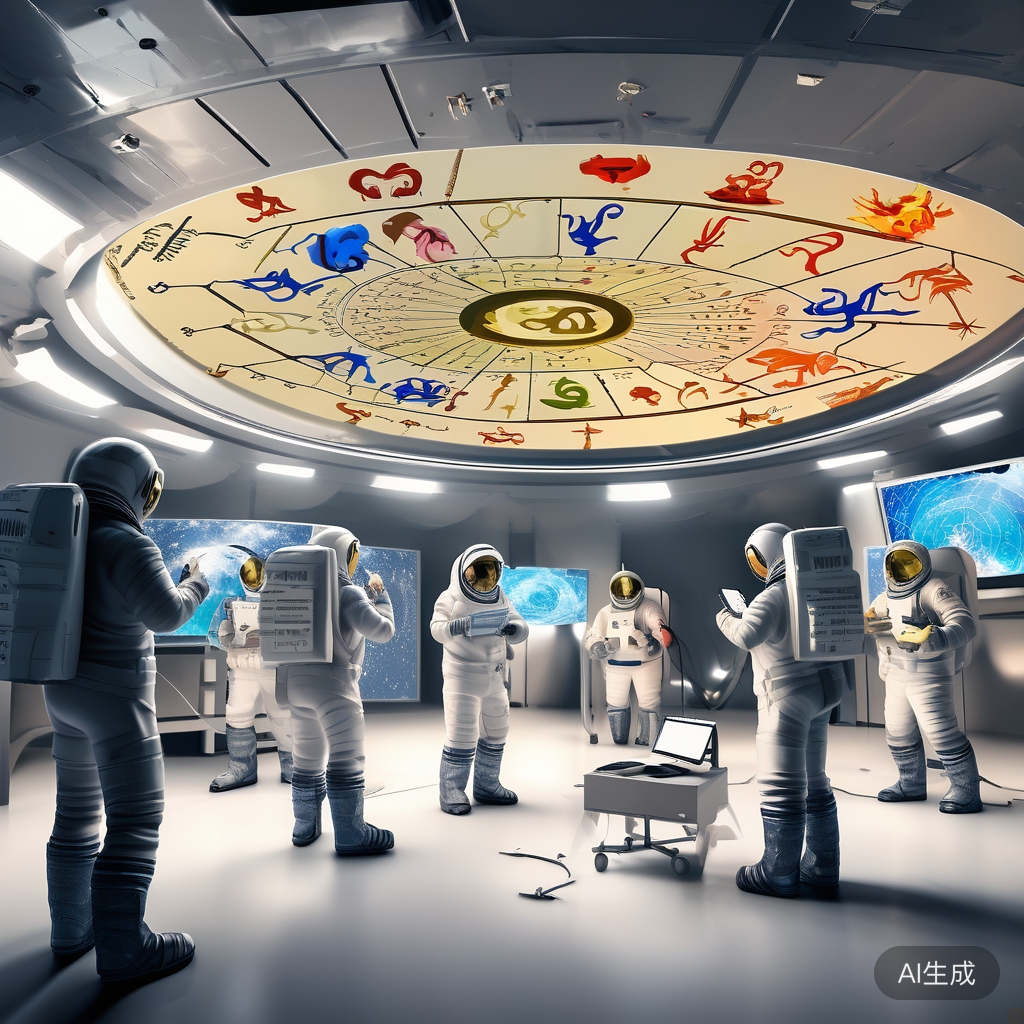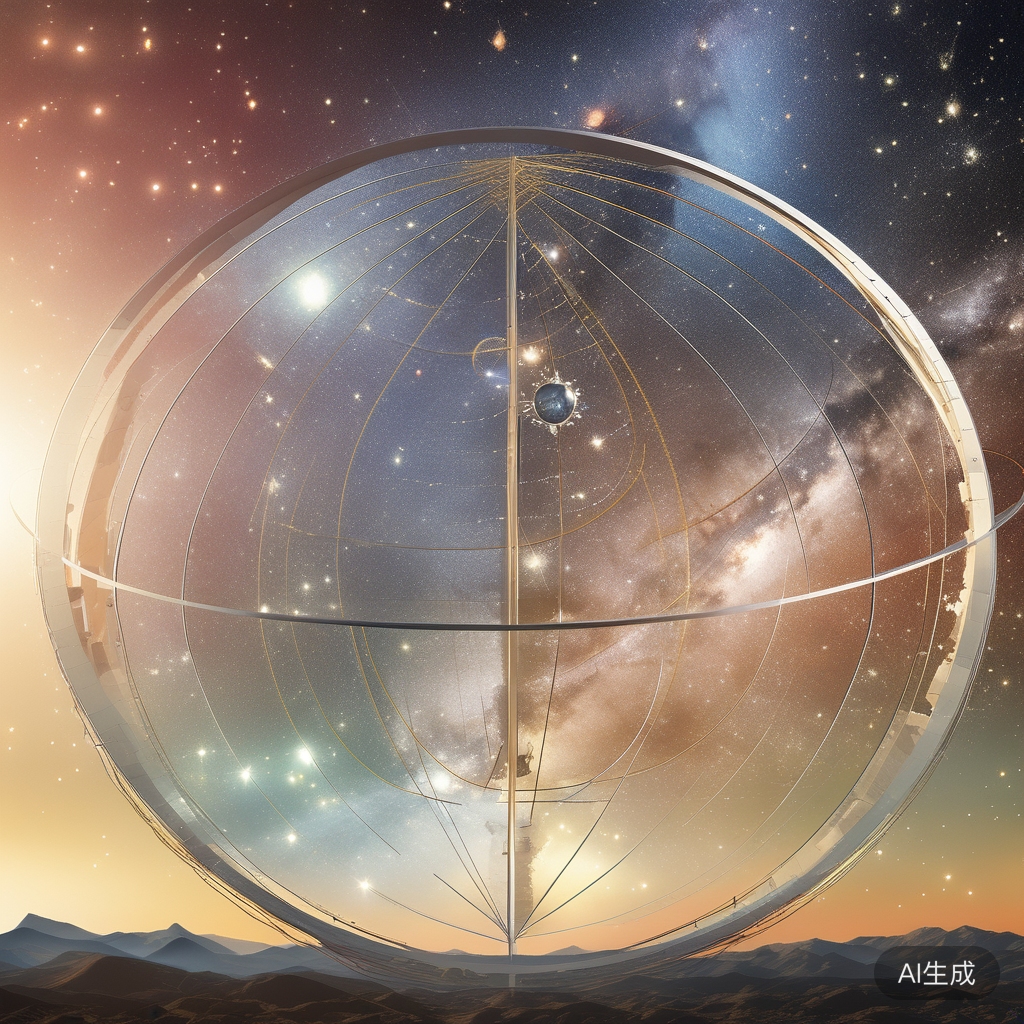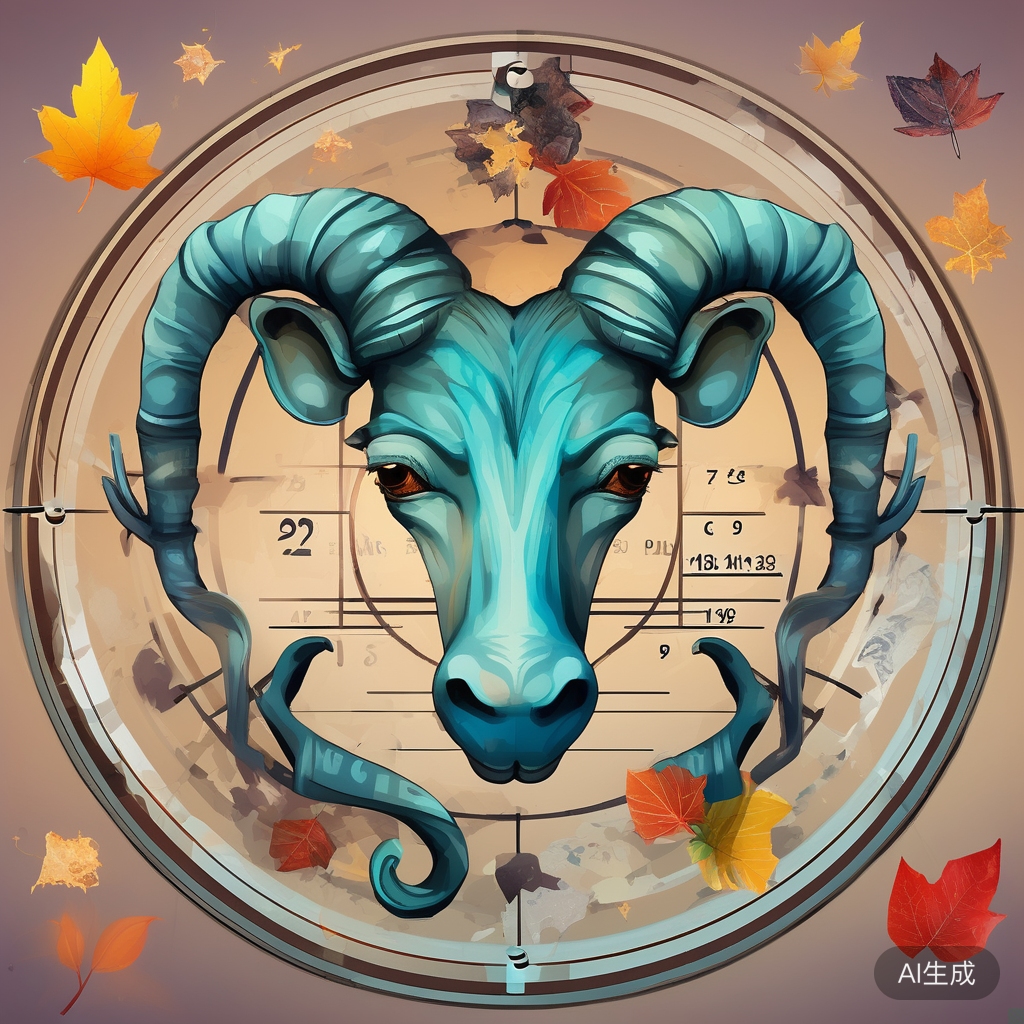You know, there was this wild article circulating on WeChat recently that went viral. It claimed that NASA announced that the zodiac dates we all knew were wrong, and not just a little bit off, but way off! It even had this picture of NASA’s logo to make it seem more legit. I mean, who would think NASA would be involved in something likeconstellation (zodiac signs), right?

The article stated that the zodiac dates we’re familiar with are not only incorrect, but they’re incredibly inaccurate! And get this, they even dragged NASA into it, like they’re some authority on the matter. I guess we’re supposed to just bend over and take it because NASA said so!
But then, they mentioned this mysterious thing called the Serpentarius. What in the world is that? Suddenly, all my Virgo friends were in a frenzy, completely thrown off balance.
I could almost hear them saying, "Wait a minute, I’ve been a Virgo my whole life, and you’re telling me I’m not a Virgo anymore?" It was like they were being robbed of their identity or something.
And the reactions on social media were hilarious. People were saying things like, "Are you kidding me?! I’ve been a Virgo for so long, and now you’re telling me I’m not?" It was like everyone’s zodiac sign had been a lie, and their whole life was built on this false foundation.
Some people were even conspiracy theorists, claiming that this was why they’d been having bad luck all these years. They thought their love life, career, and wealth were all predetermined by these zodiac signs, and now they realized it was all a sham.
But then, just when we were all getting worked up about it, it turned out to be a rumor. That’s right, just a big fat lie. NASA couldn’t even stand it and had to officially deny it. They said something along the lines of, "We study astronomy, not zodiac signs and astrology. These rumors are correct in terms of astronomical knowledge about the zodiac constellations and their actual times, but they shouldn’t mix up astronomy with zodiac signs for fortune-telling."
Even the NASA Planetary Science and Heliophysics Department’s Laurie Cantillo issued a statement to the media, saying, "We haven’t changed any zodiac constellations. It’s just that due to the shift in the Earth’s axis, the constellations are different from what they were thousands of years ago. This is a mathematical observation. Astrology is a manifestation of ancient historical culture, not astronomy."

Come to think of it, NASA kind of started this whole mess with a bit of (popular science) they did. They mentioned that 3000 years ago, the ancient Babylonians believed that the movement of the constellations might influence events on Earth, so they created the zodiac dates, which formed the basis of the twelve zodiac signs we know today. Because the Earth’s axis swings in a 26,000-year cycle, the position of the zodiac in the sky has also shifted, so after 3000 years, the dates of the zodiac signs no longer match the actual constellations.
A lot of people, including some magazines and websites, saw this and just assumed that since the stars have changed, NASA must be (reassigning) the zodiac dates. But that’s not how it works at all.

You see, the zodiac constellations and astronomical constellations are two completely different concepts. The zodiac is the path that the Earth takes as it orbits the Sun, or the path that the Sun takes when observed from Earth. It’s measured in degrees. The twelve zodiac signs are simply dividing the entire zodiac into twelve equal parts, with each sign taking up 30 degrees, totaling 360 degrees for the whole zodiac.
In astrology, the zodiac is like a "seasonal calendar" that corresponds to the changes of the seasons on Earth. Ancient people named the constellations based on where they were during the equinoxes and solstices. For example, the astronomical sign of Aries was at the vernal equinox, so they named it after the ram. The other signs follow in order.
But in astronomy, constellations are created by different cultures imagining connections between stars to form shapes. That’s why the names, and even the number of constellations, can vary between different cultures.
In the 1920s, the International Astronomical Union decided to divide the entire sky into three regions with 88 constellations. This includes 29 in the northern hemisphere, 47 in the southern hemisphere, and 12 near the equator and the zodiac, including that Serpentarius constellation.
So, there you have it. A wild ride on the internet, but in the end, it was all just a rumor. Who knew NASA could cause such a stir over something as trivial as zodiac signs? I guess it just goes to show that even in the age of information, we still need to fact-check before we jump to conclusions.










